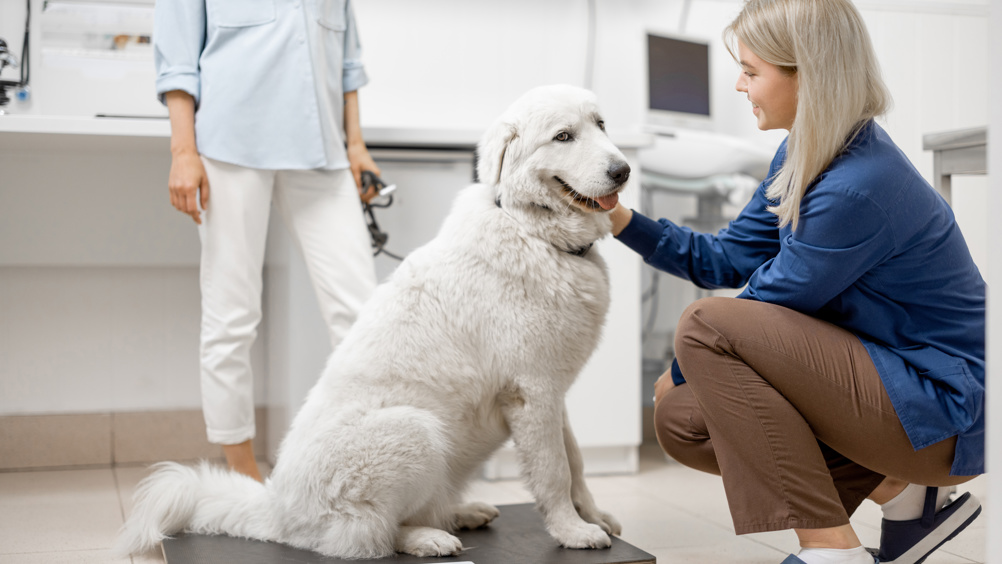References
Weight management: insights from the science of human behaviour change

Abstract
Helping animal owners to recognise and manage obesity in their animals is a particularly complex area of communications in veterinary medicine. Several studies have outlined the difficulty veterinary professionals face in such discussions, including frustration with the client, embarrassment (particularly if the owner is also overweight), and a sense of inevitable failure. However, obesity continues to be a serious and prevalent welfare problem in dogs, cats, and probably other companion animals as well — hence those discussions will only continue. This review considers veterinary surgeon–client interactions around obesity from the perspective of behaviour change psychology and motivational interviewing, in order to determine how veterinary surgeons and nurses can best assist owners. We consider how an approach based on a supportive and empathetic conversational style could be best suited to these discussions, leading to tailored weight management solutions. Nurses are ideally placed to work with owners in this way.
Several studies have shown that veterinary surgeons often fail to mention weight in consultations where the pet is overweight (Rolph et al, 2014; Cairns-Haylor and Fordyce, 2016), with a tendency to bring up the topic only when there is a concomitant problem which can be clearly linked (e.g. osteoarthritis) (Pearl et al, 2020). It is clear from the literature that veterinary professionals fear upsetting or losing clients (Churchill and Ward, 2016a), have a feeling of inevitable failure to bring about change, and harbour feelings of frustration and disgust at overweight pets and owners — particularly if the owner themselves is also overweight (Pearl et al, 2020). Veterinary professionals used humour and euphemistic language to facilitate dialogue, in order to try and overcome awkwardness (Phillips et al, 2017). However, a study in equine medicine found that weight discussions couched in humour were not always taken seriously by owners, as they believed that a veterinary surgeon would not joke if there was a serious issue (Furtado et al, 2018).
Register now to continue reading
Thank you for visiting The Veterinary Nurse and reading some of our peer-reviewed content for veterinary professionals. To continue reading this article, please register today.

